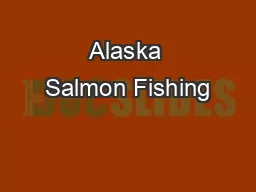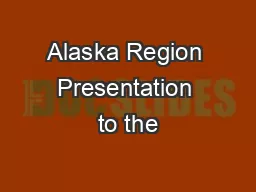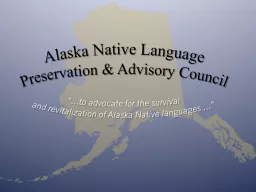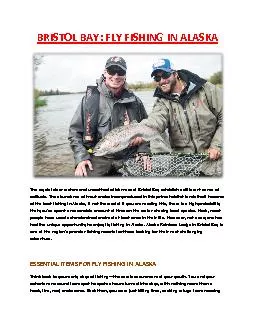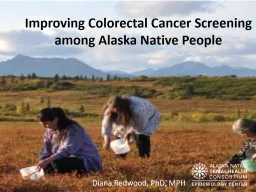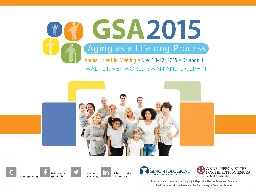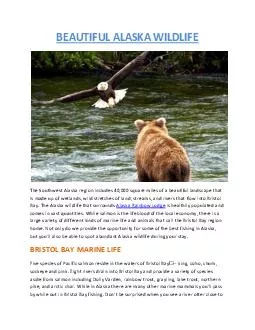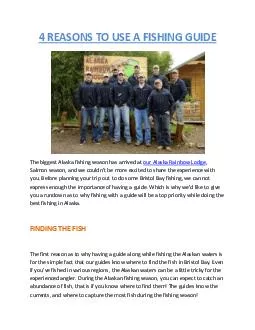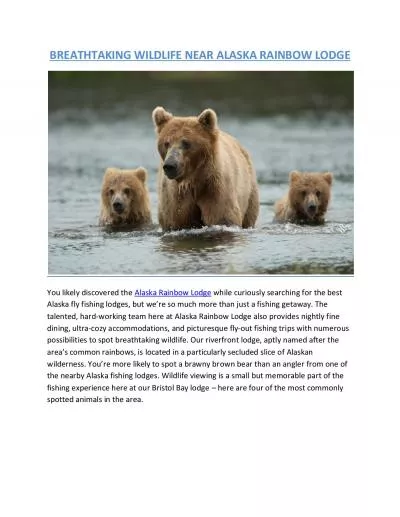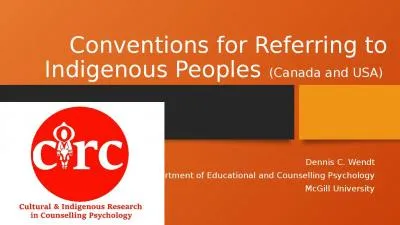PPT-ALASKA NATIVE PEOPLES A BITE SIZE BRIEFING OF A FEW ESSENTIAL CONCEPTS
Author : pamella-moone | Published Date : 2019-06-20
231 Federally Recognized Tr ibes often overlap villages 20 cultural groups and distinct languages 195 of the states population ALASKA NATIVE PEOPLES Numerous
Presentation Embed Code
Download Presentation
Download Presentation The PPT/PDF document "ALASKA NATIVE PEOPLES A BITE SIZE BRIEFI..." is the property of its rightful owner. Permission is granted to download and print the materials on this website for personal, non-commercial use only, and to display it on your personal computer provided you do not modify the materials and that you retain all copyright notices contained in the materials. By downloading content from our website, you accept the terms of this agreement.
ALASKA NATIVE PEOPLES A BITE SIZE BRIEFING OF A FEW ESSENTIAL CONCEPTS: Transcript
Download Rules Of Document
"ALASKA NATIVE PEOPLES A BITE SIZE BRIEFING OF A FEW ESSENTIAL CONCEPTS"The content belongs to its owner. You may download and print it for personal use, without modification, and keep all copyright notices. By downloading, you agree to these terms.
Related Documents


